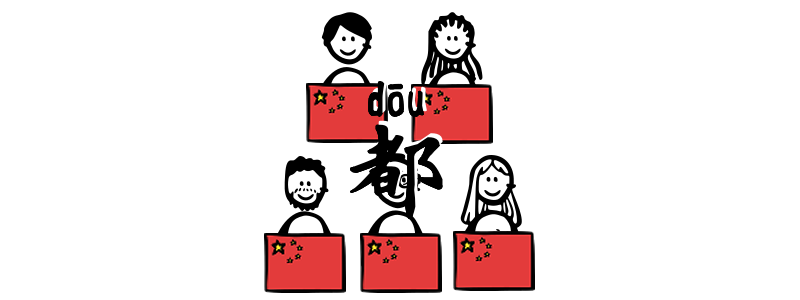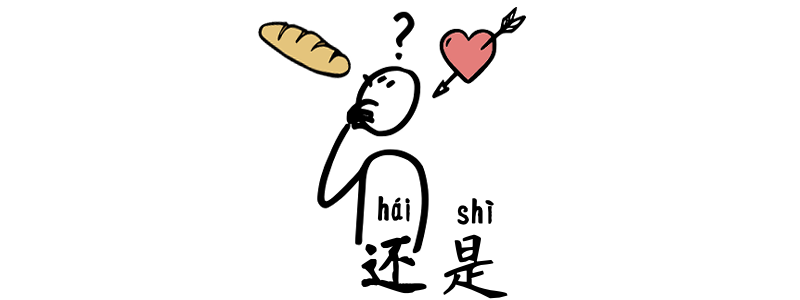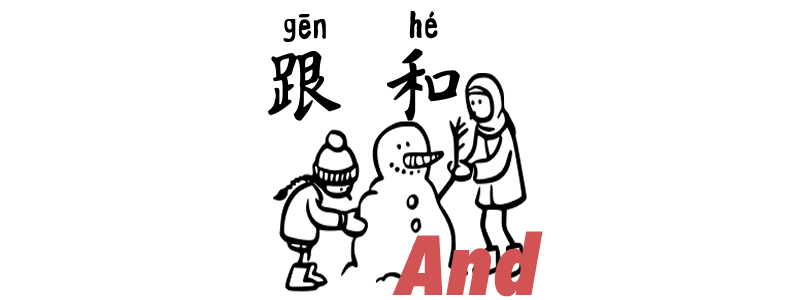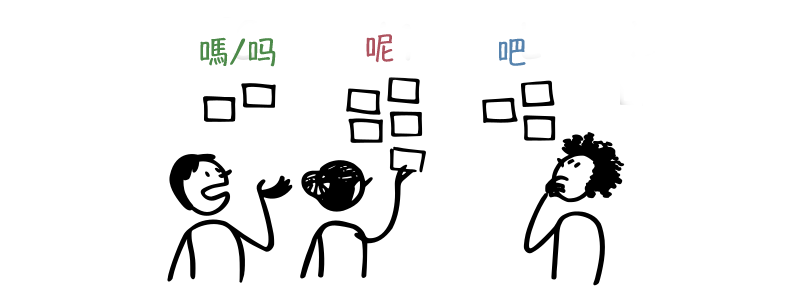Grammar Point:The word “also” in Chinese can be translated as 還还 hái or 也 yě. Both are commonly used to indicate inclusion or addition in a sentence. It is important to note that they are always placed before the verb or adjective in Chinese sentences. Structure S + 也 yě + V 也 yě generally…
Category: HSK 1
“Don’t” in Chinese 别 bié
Grammar Point:In Chinese grammar, the word 别 bié is often used to express the concept of “don’t” or “stop.” It is commonly used to give commands, suggestions, or advice to someone. Structure 别 bié + V or SV 別bié跑pǎo别bié跑pǎoDon’t run. 別bié吃chī太tài多duō别bié吃chī太tài多duōDon’t eat too much. 別bié緊張jǐnzhāng别bié紧张jǐnzhāngDon’t be nervous. 上shàng中文zhōngwén課kè別bié說shuō英文yīngwén上shàng中文zhōngwén课kè别bié说shuō英文yīngwénDon’t speak English in Chinese class….
Dates in Chinese
Grammar Point:In Mandarin Chinese, dates are expressed in the order of year, month, and day, from big to small. This is the opposite order to how dates are expressed in English. Year In Mandarin Chinese, years are typically read as a series of individual digits. However, when referring to a year period, we would read…
Chinese Numbers 1
Grammar Point:In Chinese, numbers are typically structured in a straightforward and consistent manner. Here are the basic elements and rules for constructing Chinese numbers: Basic numerals: Chinese has a set of basic numerals that are used to represent the digits from 0 to 9. They are: 0️⃣ 1️⃣ 2️⃣ 3️⃣ 4️⃣ 零líng零líng 🔊 一yī一yī 🔊…
Pronouns in Chinese 1
Grammar Point:Mandarin Chinese has a relatively small number of pronouns, and unlike many European languages, there is no need to worry about subject-verb agreement. I and You 我wǒ我wǒI 我的wǒde我的wǒdemy 我wǒ我wǒme 你nǐ你nǐyou 你的nǐde你的nǐdeyour 你nǐ你nǐyou 我wǒ愛ài你nǐ我wǒ爱ài你nǐI love you. 我的wǒde狗gǒu我的wǒde狗gǒuMy dog. 我wǒ喜歡xǐhuān你的nǐde錢qián我wǒ喜欢xǐhuan你的nǐde钱qiánI like your money. Note: You may have noticed that there are two ways to say “you”…
Yes-No Questions in Chinese
Grammar Point:There are six different ways to ask yes-no questions in Chinese, and the choice of which one to use can depend on factors such as location, occasion, and the people being spoken to. Structure S + V + O + 嗎/吗 ma This is the most simple and common yes-no question asking whether the…
都 dōu Grammar
Grammar Point:The adverb 都 dōu in Chinese is typically used to indicate “all” or “both” and can be placed before the verb or before the subject. It is commonly used in sentences to indicate that multiple things or people are involved in an action or state. Structure S + 都 dōu + V or SV…
Expressing “or” with 還是/还是 háishì
Grammar Point:還是还是 háishì is a Chinese phrase that can have a few different meanings. In this article, we are going to talk about its usage in questions, where it is typically translated to “or” in English. Structure Option 1 + 還是/还是 + Option 2 你nǐ愛ài他tā還是háishì我wǒ? 你nǐ爱ài他tā还是háishì我wǒ? Who do you love, him or me? 你nǐ要yào喝hē咖啡kāfēi還是háishì茶chá? 你nǐ要yào喝hē咖啡kāfēi还是háishì茶chá?…
Expressing “And” with 和 hé 跟 gēn
Grammar Point:和 hànhé and 跟 gēn are two conjunctions used to connect two nouns or noun phrases, indicating that they are both included in a list or group. It is similar to the English “and” and is often used to connect two people, two things, or two action activities. Structure Noun + 和/跟 + Noun…
嗎/吗 ma 吧 ba 呢 ne Practice
TouchHover over the space to see the answers. Fill in the correct word – 嗎吗 / 吧 / 呢 A: 那nà個ge人rén你nǐ認識rènshì( 嗎ma) ? A: 那nà个ge人rén你nǐ认识rènshi( 吗ma) ? Do you know that person? B: 她tā是shìTiffany ( 吧ba) ? 可是kěshì太tài遠yuǎn了le, 看kàn不bù清楚qīngchǔB: 她tā是shìTiffany ( 吧ba) ? 可是kěshì太tài远yuǎn了le, 看kàn不bù清楚qīngchǔI think that is Tiffany. It’s too far, so I can’t…









